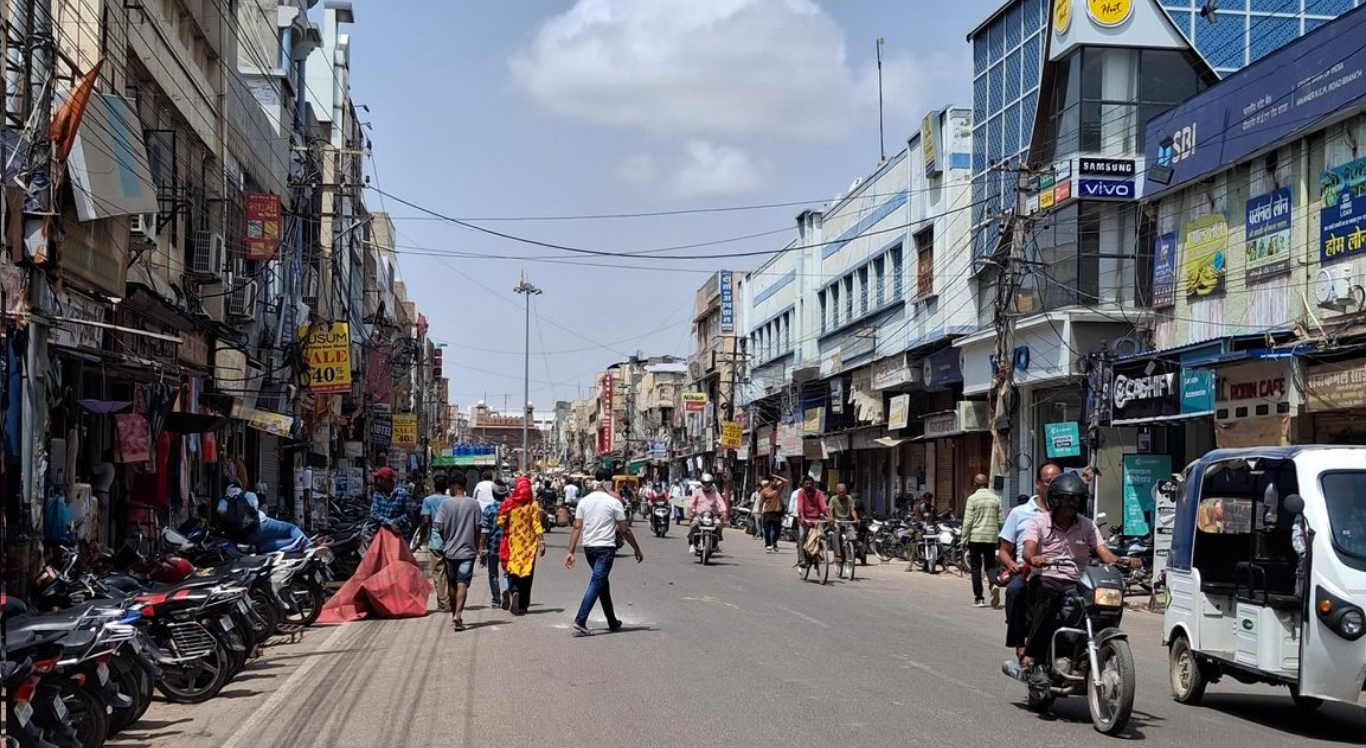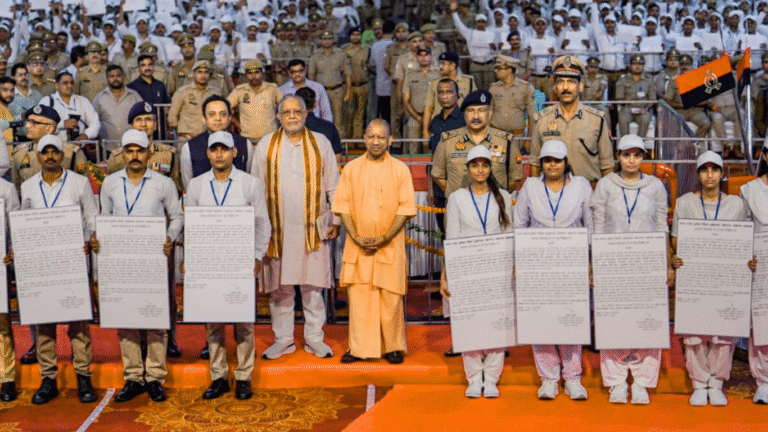
Introduction to Siddharthnagar: A Peaceful Heritage District
Siddharthnagar is a district in eastern Uttar Pradesh, located near the border of Nepal. It holds great historical importance as it is believed to be part of the ancient kingdom of Kapilvastu, where Gautam Buddha spent the early years of his life. This makes Siddharthnagar a spiritual and peaceful place to visit.
The district is named after Siddhartha Gautam (Buddha) and offers a glimpse into India’s deep-rooted Buddhist culture. Despite being less commercialized, it attracts travelers, historians, and spiritual seekers who are drawn to its quiet charm and historical relevance.
Siddharthnagar is also known for its agricultural produce, especially sugarcane and rice. With clean air, friendly people, and lush green fields, it’s a perfect place to experience rural Uttar Pradesh at its finest.
Places to Visit in Siddharthnagar
Siddharthnagar may be a small district, but it holds several interesting places that showcase its cultural and spiritual roots. Piprahwa Stupa is the most significant site here. Archaeologists believe this place once held the relics of Lord Buddha. The excavation of this site revealed ancient caskets, pottery, and coins linked to the Buddha era.
Another notable place is Ganvaria, a site filled with Buddhist artifacts, stone pillars, and ruins that take you back in time. Both Piprahwa and Ganvaria are of major interest to those who follow Buddhism or love history.
For nature lovers, the district also has areas like the Rapti River banks, which offer peaceful scenery and birdwatching opportunities. The mix of history, spirituality, and nature gives Siddharthnagar a unique character.
Kapilvastu – The Historical Capital Nearby
Close to Siddharthnagar lies Kapilvastu, believed to be the capital of the ancient Shakya kingdom. This is where Gautam Buddha spent the first 29 years of his life before renouncing worldly life. While most of Kapilvastu’s remains lie in modern-day Nepal, a part of it extends into India through Siddharthnagar.
Visitors often explore both sides of the border to get the full picture of Buddha’s early life. The Indian side has various remains, including stupas and monasteries, preserved with care by the Archaeological Survey of India.
How to Reach Siddharthnagar
By Road and Rail
Siddharthnagar is well connected by road to major cities like Gorakhpur, Basti, and Lucknow. Buses and private taxis run regularly. If you’re driving, the roads are fairly decent, especially during the dry seasons.
By rail, Siddharthnagar Railway Station (also known as Naugarh station) is the main point of entry. Trains from Gorakhpur and other nearby cities stop here frequently. This makes it easy for tourists and locals to travel in and out of the district without much hassle.
Nearest Airport
The closest airport to Siddharthnagar is Gorakhpur Airport, which is about 90 kilometers away. From the airport, you can take a taxi or bus to reach Siddharthnagar. Flights from major cities like Delhi, Mumbai, and Kolkata are available to Gorakhpur, making it a convenient option for air travelers.
Final Thoughts on Visiting Siddharthnagar
Siddharthnagar offers more than just quiet surroundings. It gives you a deeper understanding of Indian heritage, especially its Buddhist past. The peaceful atmosphere, combined with important archaeological sites, makes it a must-visit for those looking for meaning in travel.
Unlike crowded tourist spots, Siddharthnagar allows you to move at your own pace, explore untouched beauty, and connect with history in a more personal way. It’s ideal for weekend visits or a calm getaway from city life.
Whether you’re a history buff, a spiritual traveler, or someone who enjoys offbeat destinations, Siddharthnagar welcomes you with open arms and stories that are thousands of years old.



